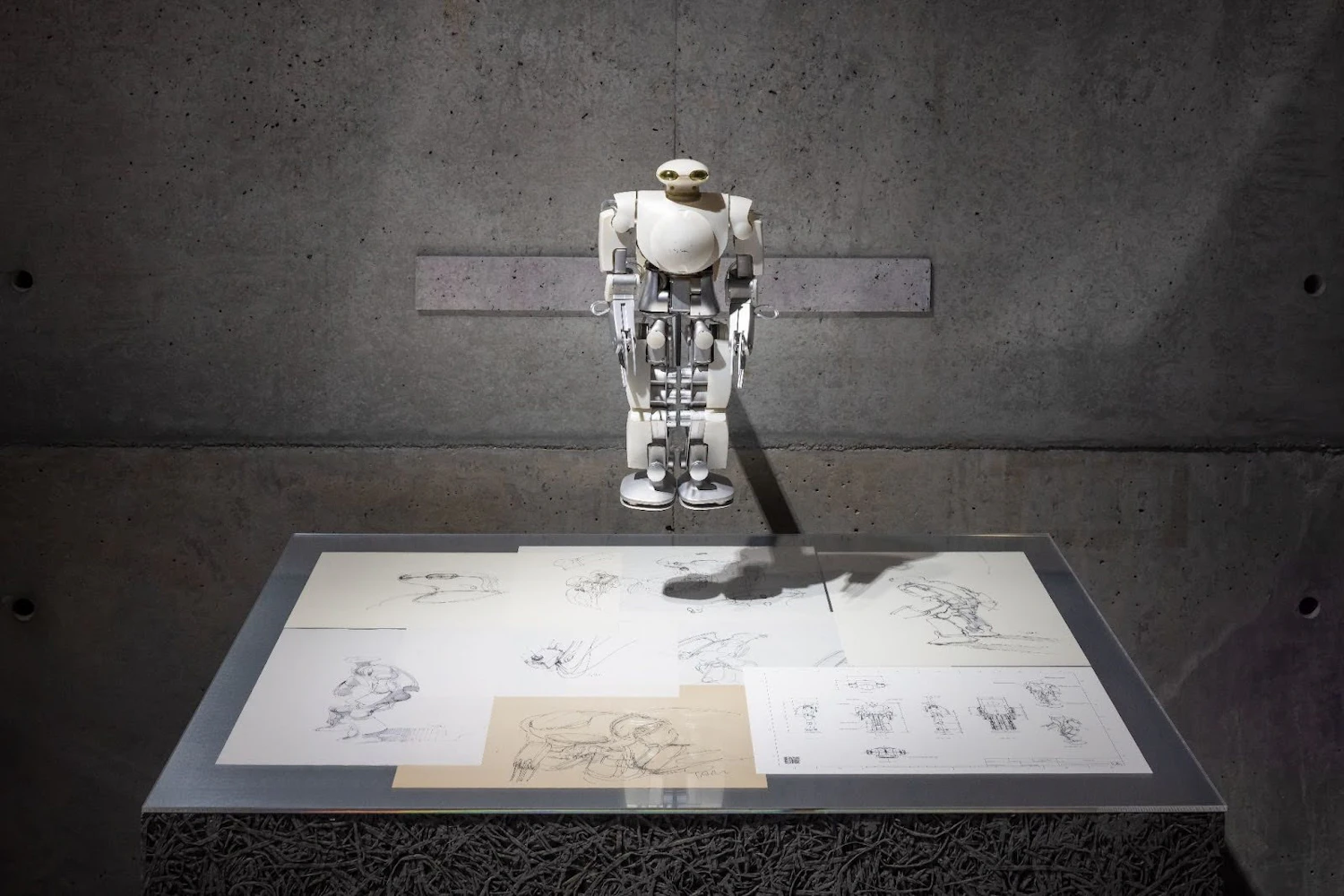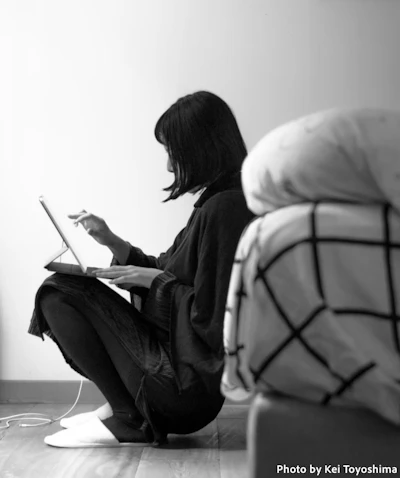Series: Auxiliary Lines for Things & People #18: A Journey to Seek Fragments of the Future


After graduating from Keio University's Faculty of Environment and Information Studies, she worked at a manufacturing company before becoming an assistant to design engineer Shunji Yamanaka from 2012 to 2016. After spending a year in Scotland, she is now working as a freelancer.
While searching for ways to freely express what needs to be communicated, she writes for media outlets such as "Nikkei Design" and handles the layout and copywriting for exhibitions.
Her major works include the layout for the 70th anniversary exhibition of the University of Tokyo's Institute of Industrial Science "Perhaps in the Future: Engineering × Design" (National Art Center, Tokyo · 2018), and text writing for "Insects: Models for Design" (21_21 DESIGN SIGHT, 2019).
Instagram / Web
RELATED ARTICLES









.jpg?w=400&fm=webp)

.jpeg?w=400&fm=webp)






.png?w=400&fm=webp)


